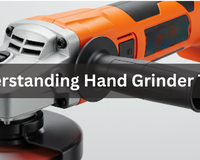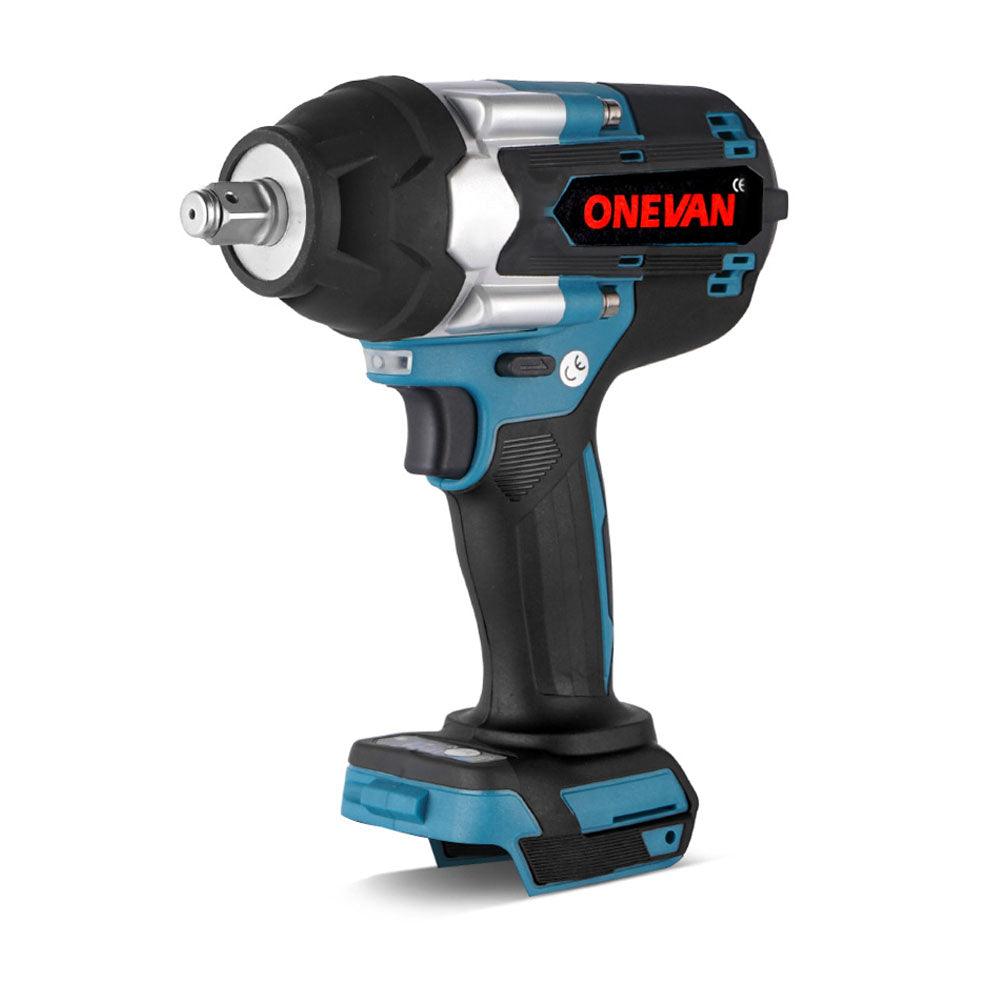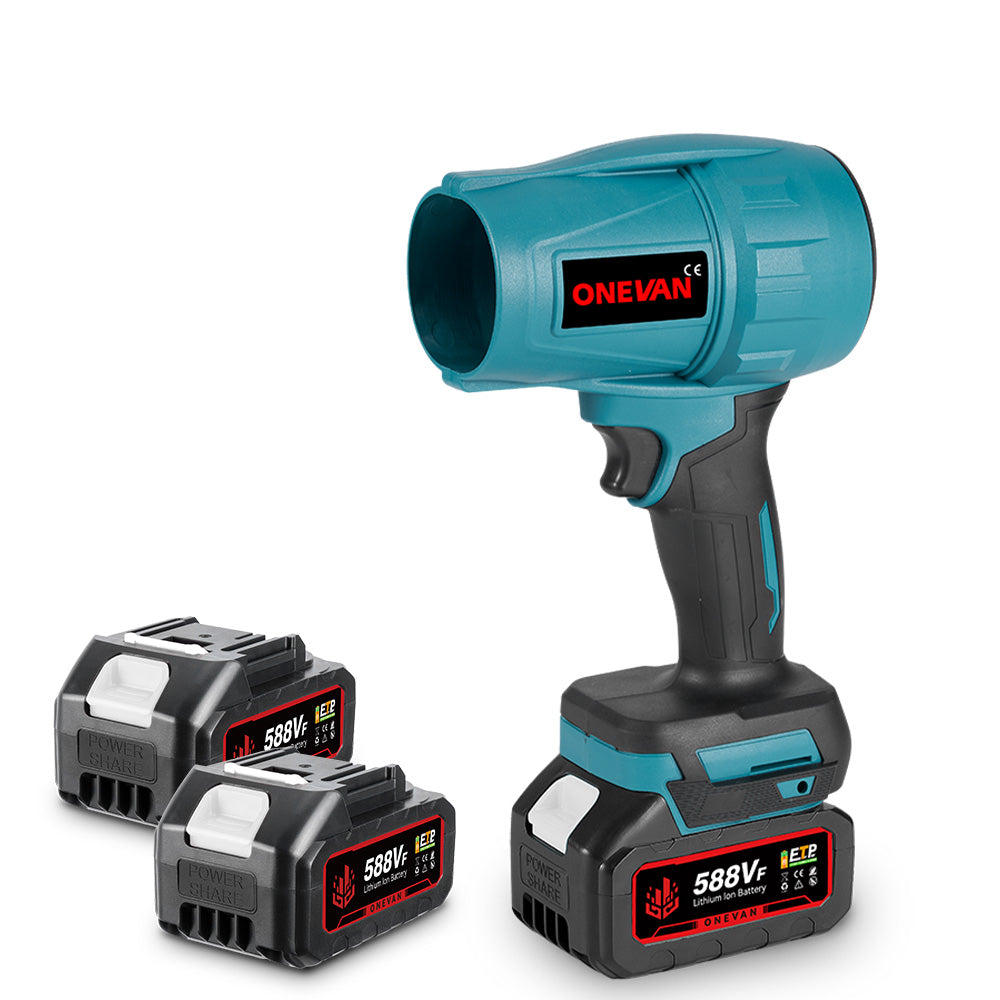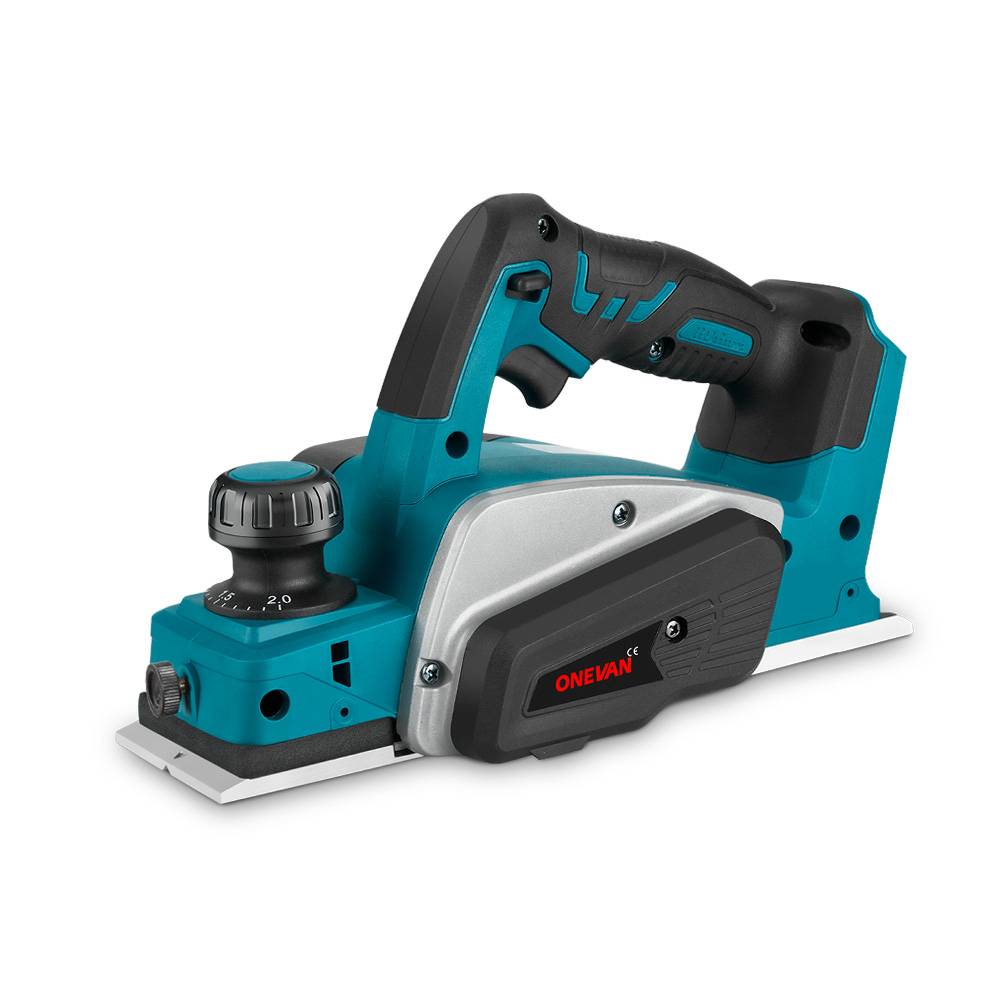Many people have become priority buyers of circular saws for woodworking and construction. Incorporating this tool means that you can conveniently handle a wide variety of projects, such as framing, furniture building, and renovation tasks. However, new users feel uncomfortable with this tool, but learning what it can do will improve their project work. You can use it to frame a house or build furniture—tasks that are often easier and faster with a circular saw than hand tools. So in this guide, you will learn everything about circular saws, such as:
- Types
- Uses
- Benefits
- and how to choose the best circular saw.
A survey reported that 78% of homeowners who do their own repairs own a circular saw.
1. What Is a Circular Saw?
A circular saw is a power tool designed for cutting. It employs a circular blade with teeth that rotates at a high speed, allowing it to cut through various materials effectively. The tool is typically handheld and portable. Unlike fixed tools like table saws, operators bring the saw to the material.
Most people know the handheld version with its round blade and motor housing. The tool pairs cutting power with mobility, making it an essential option among various tools for building sites and home workshops.
How does a Circular Saw Work
The idea behind a circular saw is simple but works well. An electric motor turns a toothed blade at speeds from 2,000 to 5,500 RPM (turns per minute). The blade's teeth cut through material as you guide the saw along your line. The saw has these main parts:
- A motor that makes power
- A round blade with teeth made for specific materials
- A baseplate (or shoe) that sits against the work surface
- A blade guard for safety
- Depth controls to set how deep the blade cuts
- Bevel controls for angled cuts
When you press the trigger, the motor starts and spins the blade. You then push the saw forward along your marked line while the baseplate keeps the tool steady against your work.
Types of Circular Saws
Not all circular saws are the same; they differ in design and functionality to suit various tasks. There are several types, each with specific strengths for different tasks.
Sidewinder (Inline) Circular Saws
The sidewinder design puts the motor next to the blade, creating a lighter, more compact tool. This setup makes sidewinders popular with DIYers and carpenters who need easy movement.
Benefits include:
- Less weight (8-11 pounds)
- Better view of the cutting line from the right side
- Faster blade speeds for smooth cuts
- Lower price
Sidewinders work well for most cutting tasks, mainly overhead work where weight matters.
Worm Drive Circular Saws
Worm drive saws place the motor behind the blade, linked by a worm gear system. This creates a longer, heavier tool with different handling traits.
Advantages include:
- More torque for tough cutting jobs
- Better control for long, straight cuts
- Blade on the left for a better view for right-handed users
- Strong design that handles heavy work
Building pros often choose worm drives for framing and other tough jobs that need power more than easy movement.
Cordless Circular Saws
Key features include:
- Full mobility without cords
- Ease for quick cuts and remote sites
- Less weight than many corded models
- Come in both sidewinder and worm drive styles
The newest lithium-ion batteries provide enough run time for most projects, though serious building work might still need corded models.
Track Circular Saws
Track saws pair a circular saw with a guide track system. This special tool makes perfect straight cuts, mainly in sheet goods.
Main benefits include:
- High precision without extra jigs
- Clean cutting on both sides of the blade
- Dust control features
- Ability to start cuts in the middle of panels
While they cost more than standard circular saws, track saws save time and improve accuracy for certain tasks.

2. The Uses of a Circular Saw
Circular saws handle many cutting tasks across many materials. Their flexibility makes them key for projects ranging from rough building to fine woodworking.
Cutting Wood
Most circular saws are used for wood cutting. The tool cuts lumber and sheet goods fast and accurately.
Crosscuts vs. Rip Cuts
Crosscuts
These cuts go across the wood grain, like when shortening a board. Circular saws can make clean crosscuts when equipped with a suitable blade, such as a fine-tooth blade, designed for crosscutting.For best results, mark your cutting line well and support the wood to prevent splits as the blade exits.
Rip Cuts
These cuts run with the wood grain, like when making a board narrower. While table saws are generally more efficient for rip cuts due to their stability, Circular saws can effectively perform rip cuts with proper setup, such as using a straight-edge guide or a dedicated rip fence. Using a straight-edge guide helps accuracy for longer rips.
Need a versatile cutter? The ONEVAN 125mm cordless circular saw cuts wood, PVC, MDF, and tiles. The bevel adjusts to 45°. The brushless motor has a long life. It is dust extraction ready.
Sheet Material Processing
Circular saws easily cut large panels into smaller pieces, including plywood, MDF, particleboard, and other sheet materials.
For clean cuts in sheet goods:
- Support the full sheet to prevent sagging
- Use a guide rail or straight edge
- Set the blade depth just below the material thickness
- Think about scoring the cut line first for fine veneers
Many woodworkers find circular saws more useful than table saws for cutting full sheets, as moving a saw across a still panel needs less space than pushing large sheets through a table saw.
Construction and Renovation
Circular saws cut framing lumber, trim boards, and siding in building work. During home updates, they help disassemble things, fix floors, and change existing structures. Common building uses include:
- Cutting studs, joists, and rafters to length
- Trimming door bottoms during installation
- Notching boards for pipes or wires
- Making wall and roof panels
Cutting Speciality Materials
Modern circular saws cut more than just wood. With the right blades, they work with many materials in building and making.
Metal Cutting
Special metal-cutting blades let circular saws cut aluminium, steel, and other metals. These blades have different tooth patterns and often use coatings that reduce heat. When cutting metal:
- Use slower speeds
- Apply cutting oil when possible
- Secure the metal firmly to stop shaking
- Wear safety gear for metal sparks and bits
Plastic and Composite Materials
Modern building materials like PVC trim, composite decking, and plastic laminates cut well with circular saws. These materials often need special blades with changed tooth patterns to prevent melting and chipping. For clean cuts in plastics:
- Use blades with more teeth
- Keep steady feed rates to prevent heat buildup
- Support the material well to reduce shaking
DIY and Home Projects
Homeowners find circular saws key for projects around the house. Their range of uses makes them suitable for many common tasks.
Furniture Building
Custom furniture projects often start with a circular saw. This tool handles the first breakdown of materials well, from sizing boards to shaping basic parts.
While fine furniture might need more tools for joints and details, the circular saw sets the stage by:
- Cutting lumber to rough sizes
- Breaking down plywood for cabinets and shelves
- Cutting panels for table tops and sides
- Making basic joints like half-laps and rabbets with multiple passes
Flooring Installation
Installing hardwood, laminate, or vinyl flooring often means cutting boards to fit around objects or at room edges. Circular saws make these cuts fast.
For flooring work:
- Use fine-tooth blades for clean cuts
- Cut from the back side of the flooring when possible to reduce splintering
- Create a cutting station for repeat cuts
Outdoor Projects
Outdoor buildings benefit from the circular saw's power and mobility. Projects like decks, fences, and garden structures involve cutting treated lumber and composite materials, which circular saws handle well. Typical outdoor uses include:
- Building garden beds with lumber
- Making fencing with posts and rails
- Creating custom shed parts
- Building deck frames and rails
Professional Applications
Pros in many trades rely on circular saws daily. Their speed and range make them vital on job sites.
Job Sites
Building pros value the circular saw's mix of power and portability. Framers, finish carpenters, general contractors, and remodelers depend on this tool.
On pro job sites, circular saws:
- Cut framing pieces for walls, floors, and roofs
- Trim exterior siding and inside trim
- Process sheet goods for subfloors and sheathing
- Handle demo tasks during updates
Portability Over Table Saws
Circular saws offer benefits when:
- Working in tight spaces
- Making cuts on materials already in place
- Processing large sheets that would be hard to move on a table saw
- Working where there's no power for big tools

3. Why Choose a Circular Saw Over Other Tools?
Several factors make circular saws better than other options in many cases. Knowing these benefits helps you make smart tool choices for your projects.
Portability
Even the largest worm drive models weigh under 15 pounds, allowing easy transport.
This mobility is key when:
- Working on ladders or scaffolds
- Making cuts in materials already in place
- Moving between work areas
- Working in spaces too small for larger tools
Cost-Effectiveness
Circular saws give great value for their price. Basic models cost around $50, while pro-grade tools rarely cost over $200.
This low cost opens circular saws to beginners while providing functions requiring multiple special tools.
Versatility
The greatest strength of circular saws is how they adapt. By changing blades, you turn one tool into a device that cuts various materials:
- Standard carbide-tipped blades for wood
- Fine-tooth blades for plywood and laminates
- Metal-cutting blades for aluminium and thin steel
- Diamond or rough blades for brick and tile
- Special blades for plastics and composites
This range reduces the need for many cutting tools, saving both money and storage space.
4. How to Choose the Right Circular Saw
Picking the best circular saw means matching tool traits to your needs. Think about these key points when shopping.
Blade Size and Power
Blade size affects cutting depth and power needs. Common sizes include:
4.5–6.5-inch blades
These small models work well for light cutting and one-handed use. They cut to lesser depths but offer great control for trim work and detail cutting.
7.25-inch blades
This standard size provides the best balance between cutting depth and tool weight. Most 7.25-inch saws cut through 2x lumber even at 45-degree angles, making this size the most common choice for both DIYers and pros.
Power ratings for corded saws range from 10 to 15 amps. Higher amps mean more cutting power for dense materials and long use.
Corded vs. Cordless
The choice between corded and battery-powered circular saw depends on where you work and what you value.
Corded saws offer:
- Steady power without battery limits
- No battery costs
- Lower purchase price
- More power for the same weight
Cordless circular saw provide:
- Full mobility without cords
- Ease for quick cuts and remote sites
- Match with other tools using the same battery
- Better tech that closes the gap with corded models
Corded models make sense for casual home use with good power access. However, cordless circular saw ease might justify the higher cost for pros who move often or homeowners working far from outlets.
5. Safety Tips for Using a Circular Saw
Circular saws demand respect. When used incorrectly, their strong motors and open blades can cause harm. Follow these rules to stay safe.
Essential Safety Gear
Never use a circular saw without proper protection:
- Safety glasses or a face shield to guard from flying bits
- Ear protection for long-term use
- Dust mask when cutting materials that make fine dust
- Close-fitting clothes that won't catch in the blade
- Proper shoes with a good grip
Safe Operating Practices
Form these habits to prevent accidents:
- Check the saw before each use, looking at guards and settings
- Unplug or remove batteries when changing blades
- Never pin back or remove blade guards
- Support materials well to prevent binding
- Keep both hands on the saw while cutting
- Wait for the blade to stop before setting down the saw
- Stay balanced while cutting
- Never reach under the material being cut
6. Maintenance and Care of Circular Saw
Regular attention to a few key areas keeps your saw running well.
Blade Cleaning
Clean blades cut better and give better results:
- Remove pitch and resin with special cleaners
- Look for damaged or dull teeth often
- Replace blades when cutting gets hard or results get worse
- Store blades in cases to prevent damage
A clean, sharp blade improves cut quality and reduces strain on the saw motor.
Motor and Gear Inspection
Keep the moving parts in top shape:
- Blow out dust from motor vents often
- Check power cords for damage on corded models
- Follow the maker’s rules for adding oil
- Tighten loose handles and knobs
- Listen for odd noises that might show problems
Good battery care is also important for cordless circular saw. Store batteries at a medium temperature to prolong their life and follow the charging steps.
7. Conclusion
The circular saw is one of the most useful cutting tools, from rough building to fine woodworking. Its mix of power, mobility, and range makes it vital for projects of all sizes. Whether you build for work or fun on weekends, learning to use a circular saw opens up many project options. This tool transforms from scary to essential with a good method and safety awareness. As you think about adding a circular saw to your tools or upgrading what you have, remember that the best choice balances your needs with features and quality. A well-chosen saw will serve you well for years of good work.
8. FAQs
Can a circular saw cut concrete?
Yes, actually you can. The process is simple. You can start by swapping in a diamond or abrasive masonry blade. Take it slow and add water to keep dust down. If you are tackling something deeper than an inch, you might want to rent a proper concrete saw.
What is the difference between a circular saw and a jigsaw?
Circular saws make fast, straight cuts with their round blade. Jigsaws use a smaller up-and-down blade for curves and detailed work. Think of circular saws for straight-line speed. Jigsaws are your go-to for anything with turns or inside cuts.
Can a circular saw cut through nails or screws?
Absolutely, but you need the right blade. Look for ones labelled for nail-embedded wood. Metal will quickly destroy regular wood blades. Always check reclaimed lumber for hidden nails before you start cutting.
What blade angle is best for bevel cuts?
For most projects, 45 degrees works perfectly for joining corners. Roof work might need 22.5 or 30 degrees. Always test your angle on scrap wood first. Small adjustments can make a big difference in how tight your joints fit.
Why does my circular saw overheat?
Usually, it's a dull blade making the motor work too hard. It could also be cutting too fast or pushing through material that's too dense. Check if your vents are clogged with sawdust. Give your saw regular breaks during heavy cutting sessions.
Can I use a circular saw without a guide?
Sure, you can, but your cuts might wander a bit. For decent straight cuts, clamp down a straight board to follow. Even pros use guides for important cuts. A pencil line and a steady hand will do the job for quick, rough cuts.









